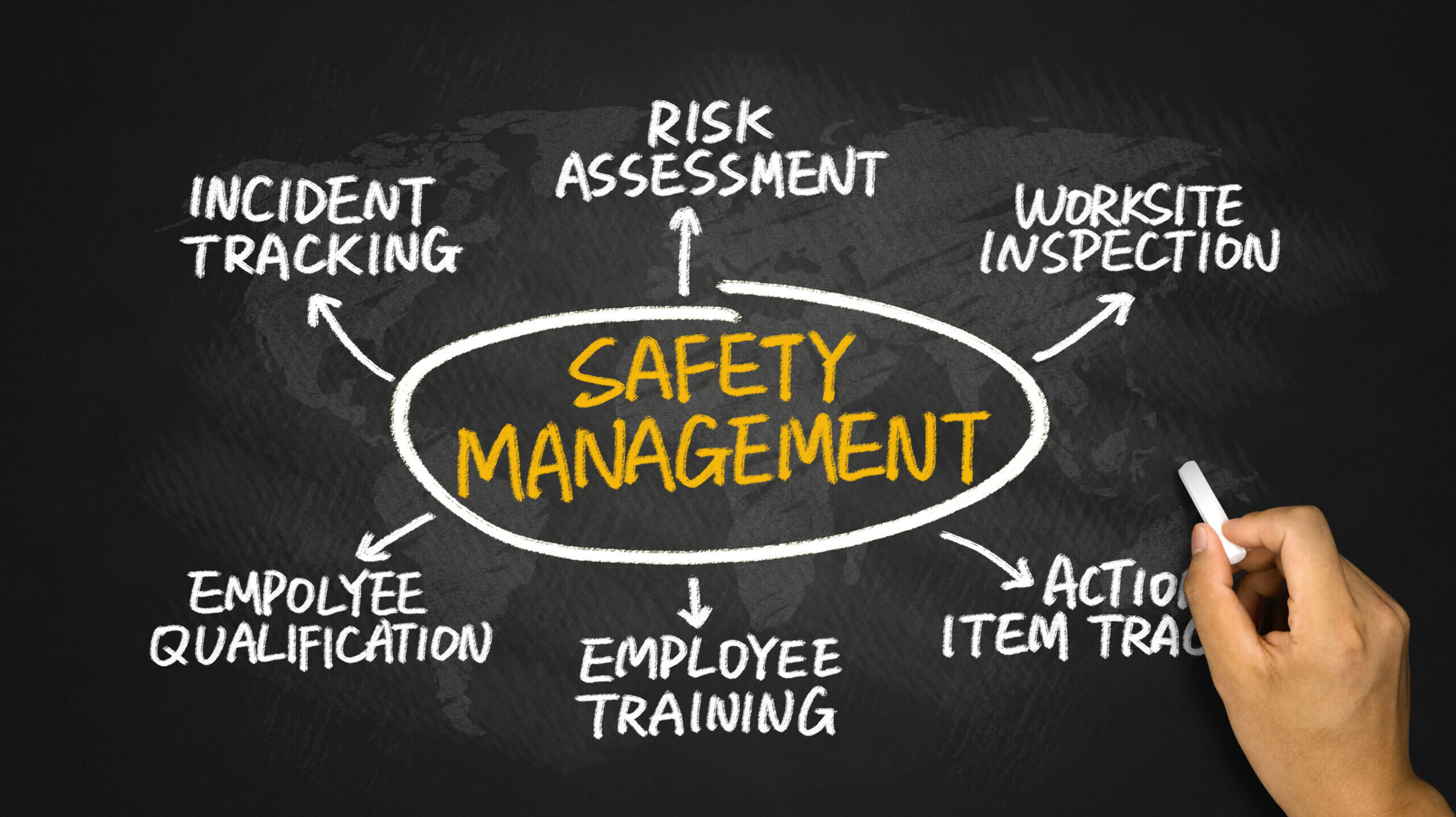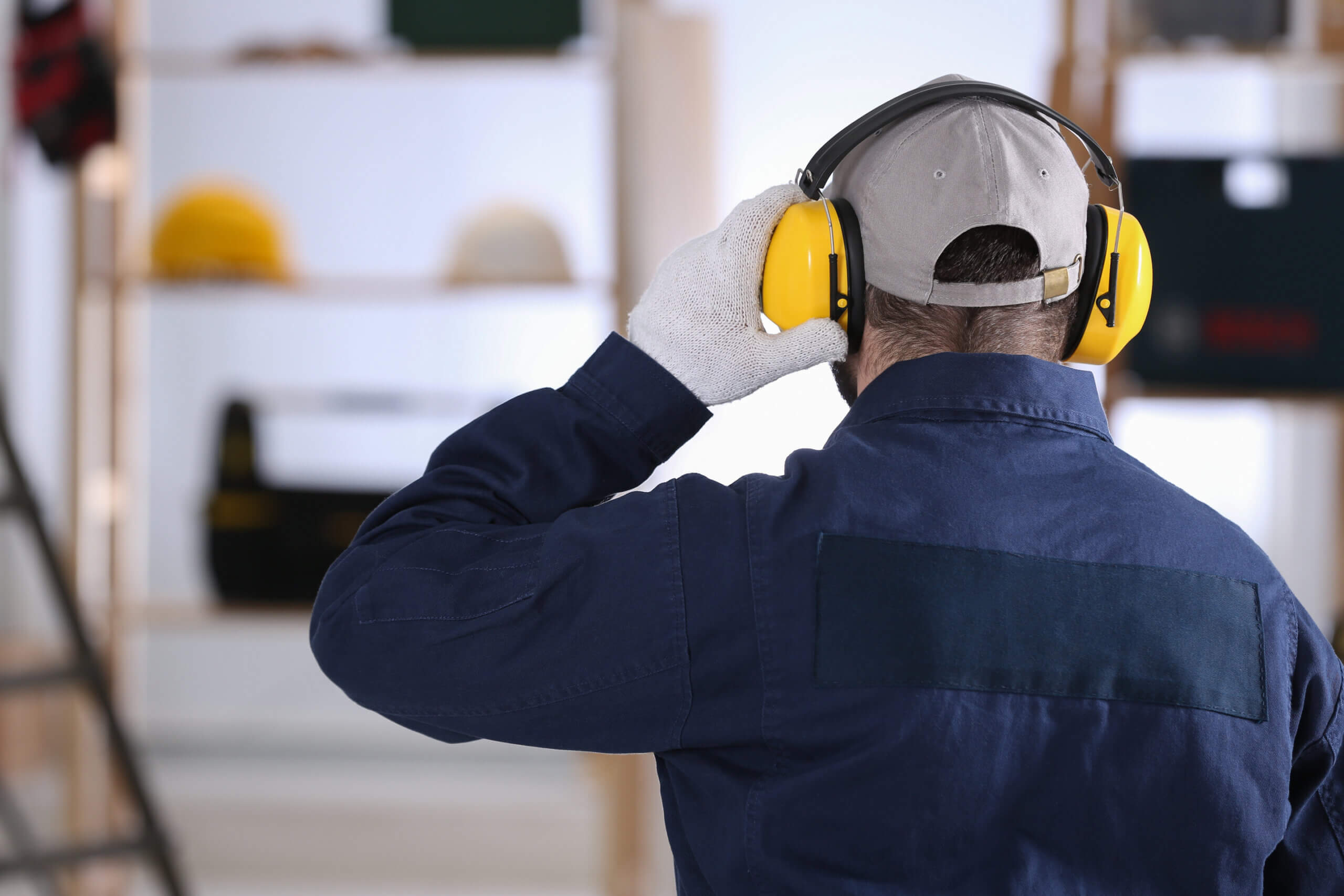
In this post, we summarize the CDC’s Best Practices for keeping common areas of the warehouse safe, clean, and disinfected. We also share some tips for streamlining procedures, boosting staff communication, and improving worker compliance.
Let’s get started.
Sanitation Guidelines: Implementing CDC Sanitation Best Practices for Warehouses
Before we begin, let’s review the difference between cleaning and disinfecting. According to the CDC, the terms are not the same:
- Cleaning is defined as the removal of dirt and impurities, including germs, from surfaces. Cleaning alone does not kill germs, but it decreases their number and, therefore, reduces the risk of spreading infection.
- Disinfecting is defined as the process of using chemicals to kill germs on surfaces. This process does not necessarily clean dirty surfaces or remove germs. But killing germs remaining on a surface after cleaning further reduces any risk of spreading infection.
Coronaviruses can live on surfaces for hours in the right environment, according to the National Institutes of Health. For this reason, businesses are instructed to regularly clean and disinfect common areas. This brings us to our first step in implementing proper sanitation guidelines for warehouses:
1. Stock Up on Approved Supplies
Common areas, forklift interiors, restrooms, and frequently touched surfaces should be routinely disinfected with approved cleaners. The most effective cleaning products are diluted household bleach, cleaning liquids containing at least 70 percent alcohol, or EPA-registered household disinfectants.
Experts recommend a two-step process of wiping down workplace surfaces before disinfecting using one of the following solutions:
- Diluted Bleach Mixture: 5 tablespoons (1/3rd cup) of bleach per gallon of water or 4 teaspoons of bleach per quart of water.
- Alcohol Solutions: Must contain at least 70 percent alcohol.
- EPA-Registered Disinfectants: Click here for a list.
- Products containing Sodium hypochlorite, Isopropanol, and Ethanol are considered the most effective, according to the CDC.
**Tips for bleach activations: Follow the manufacturer’s instructions for application and proper ventilation. Check to ensure the product is not past its expiration date. Never mix household bleach with ammonia or any other cleanser.
All workers should be provided with respiratory masks, latex gloves, and instructions on when to use them.
2. Update Cleaning Checklists
Next, it’s imperative that operational managers update existing sanitation guidelines for warehouses to reflect both CDC and local government recommendations.
Your checklist should clearly answer questions like:
- What types of cleaners must be used?
- Which surfaces and items should be disinfected?
- How often should things be wiped down and when?
- What safety rules should we put in place for workers?
- How will we remind workers of community guidelines?
- How can we increase air circulation in common areas?
When it comes to warehouse policies, operational managers sometimes struggle with compliance. Keeping track of who performed the last safety walk and when using paper processes often results in compliance breakdowns. For this reason, it’s important that all warehouse employees A). Understand the importance of the task at hand and B). Complete assignments within a documented system of accountability.
If your warehouse is still relying on paper work orders, consider switching to a digital solution like MaintainX. The MaintainX app allows managers to create sanitation procedures, track work history, establish standard operating procedures, manage assets, and maintain foolproof accountability with digital audit trails.
However, the app’s most surprisingly useful feature just might be integrated chat functionality. Operational managers and workers can maintain 2-way communication as new information arises throughout the day via in-app chat and commenting on Work Orders.
Click here to learn How to Create a Digital Checklist.
3. Review Warehouse Sanitation Guidelines
Hold regular meetings with workers to rehash hygienic guidelines. You can also want to place illustrative posters in common areas that remind everyone of workplace sanitation expectations, such as:
When to Sanitize Hands
- After blowing one’s nose, coughing, or sneezing
- After using the restroom
- Before eating or preparing food
- After touching one’s face or hair
Other Sanitation Tips
- Avoid touching eyes, nose, hair, or mouth with unwashed hands
- Cover coughs with the inside of elbows
- Wash hands for 30 seconds with warm, soapy water

Maintain a Safe Warehouse Environment
Manufacturing is the heart of America’s workforce. Our warehouse teams keep products moving. And they ensure we receive food, clothes, and other necessities when we need them most. We should do everything we can to keep these hardworking people safe, clean, and comfortable. Everyone can stay on the same page by following documented warehouse management policies.
We hope you have found this summary useful. If you think MaintainX could help your organization streamline processes with digital work orders, we’re here to help.
FAQs


_FEATURE.webp)


















